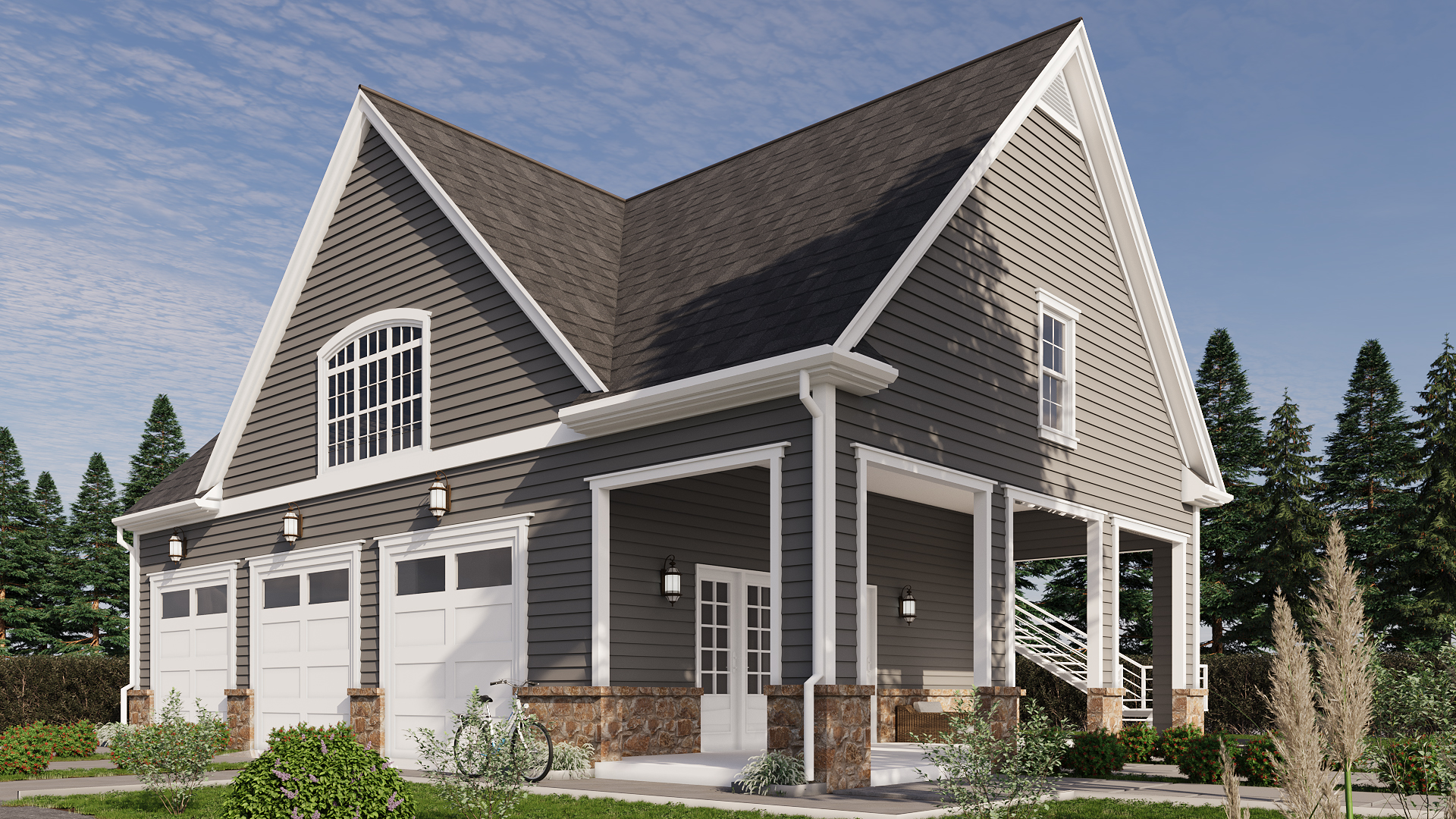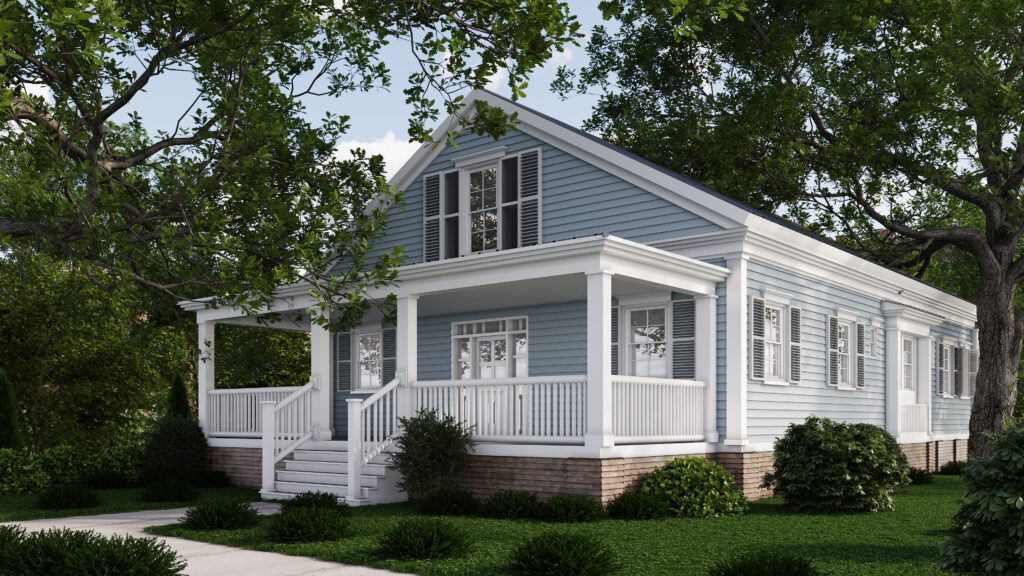
Real Estate Properties That 3d Virtual Tours Can Help Present And Pre-Sell
In today’s rapidly evolving real estate landscape, 3D virtual tours have revolutionized the way properties are presented, marketed, and sold. With advances in 3D rendering, virtual reality (VR), and augmented reality (AR), potential buyers can now experience properties from the comfort of their own homes, offering them an immersive and interactive experience. Real estate developers, agents, and brokers can showcase properties in a more engaging and impactful way, broadening their reach and increasing sales opportunities.
Whether you’re dealing with high-rise condos, suburban homes, or commercial buildings, 3D virtual tours can effectively showcase the property’s layout, design, and ambiance. But what types of properties benefit the most from these cutting-edge tools? In this guide, we’ll explore how different types of real estate properties can leverage 3D virtual tours to enhance their marketing efforts and improve their pre-sales.
1. Luxury Homes and Mansions
Luxury homes and mansions are prime candidates for 3D virtual tours due to their size, detail, and high price points. For affluent buyers, purchasing a luxury home often involves extensive consideration, and a 3D tour allows them to explore every detail before making a decision.
How 3D Tours Add Value for Luxury Homes:
- Highlighting opulent details: Virtual tours provide an opportunity to showcase intricate details, such as custom woodwork, marble floors, high-end appliances, and unique architectural features.
- Large-scale property navigation: Many luxury homes have vast floor plans with multiple rooms, expansive outdoor spaces, and amenities like home theaters, pools, and guest houses. A virtual tour lets potential buyers seamlessly navigate these areas without visiting in person.
- Global outreach: High-net-worth buyers may not always be local, so 3D virtual tours enable them to explore luxury homes remotely from any location in the world, significantly expanding the potential buyer pool.
A virtual walkthrough gives potential buyers the ability to appreciate the home’s grandeur, helping them make more informed purchasing decisions and accelerating the sales process for these high-end properties.
2. Condominiums and Apartments
Condominium and apartment developments are increasingly utilizing 3D virtual tours to pre-sell units, particularly in bustling metropolitan areas. These properties often cater to young professionals, families, and retirees who may prioritize convenience and location.
Benefits of 3D Virtual Tours for Condos and Apartments:
- Pre-selling unfinished units: Many condo projects are marketed and sold while still under construction. 3D tours help potential buyers visualize the finished space, including how rooms flow together, what views they will enjoy, and the interior design options available.
- Competitive advantage: The condo market can be highly competitive, with many buildings offering similar amenities. A well-executed virtual tour can differentiate a development by offering a lifelike experience of the layout, design, and community amenities, such as gyms, rooftop lounges, and pools.
- Convenience for busy buyers: Many condo buyers are working professionals who may not have the time to visit multiple properties. A 3D virtual tour allows them to narrow down their options by viewing properties online at their convenience.
Additionally, many apartment complexes use 3D virtual tours to attract renters by providing a comprehensive look at units and common areas, helping to reduce vacancy rates and increase tenant interest.

3. New Construction Developments
For developers selling new construction homes and communities, 3D virtual tours offer an essential tool for pre-selling properties that may not yet be fully built. This type of marketing is often used in residential subdivisions, townhome communities, and large master-planned developments.
How 3D Virtual Tours Help Pre-Sell New Construction:
- Visualizing incomplete properties: Buyers often struggle to imagine the final product based on blueprints or floor plans alone. A 3D tour brings the space to life, allowing them to visualize their future home with greater clarity.
- Customization options: Many new construction developments offer buyers the ability to customize certain aspects of their homes, such as finishes, cabinetry, flooring, and appliances. A 3D tour can showcase these customization options, letting buyers “try on” different design choices and helping them feel more confident about their investment.
- Selling the community lifestyle: Beyond the individual homes, new developments often emphasize the lifestyle they offer, including community amenities like parks, walking trails, and recreational facilities. A virtual tour can showcase these communal spaces, giving buyers a better sense of what it’s like to live there.
With 3D tours, developers can engage potential buyers long before the properties are completed, increasing early sales and reducing marketing costs in the long term.
4. Vacation Rentals and Holiday Homes
Vacation properties are particularly well-suited for 3D virtual tours. Whether it’s a seaside villa, a mountain cabin, or a luxury apartment in a tourist hotspot, vacation homes need to entice short-term renters or buyers with their unique offerings and scenic surroundings.
3D Virtual Tours for Vacation Rentals:
- Showcasing unique features: Vacation properties often have distinctive features like panoramic ocean views, private pools, or cozy fireplaces. A virtual tour can highlight these elements and give potential renters or buyers a real sense of what to expect.
- Remote booking appeal: Many vacation rental bookings happen online, and potential renters rely heavily on visuals to make their decisions. A 3D tour offers an immersive experience that goes beyond static photos, helping to build trust and attract more bookings.
- Maximizing seasonal sales: Vacation homes often have high demand during peak seasons. A 3D virtual tour can help owners and property managers secure bookings well in advance by allowing interested renters to explore the space remotely.
Additionally, real estate investors looking to purchase vacation rental properties can use 3D tours to evaluate potential investments without needing to visit each location in person.
5. Commercial Real Estate
3D virtual tours aren’t just for residential properties; they also play a key role in marketing commercial real estate. From office buildings to retail spaces and industrial properties, virtual tours help potential buyers and tenants visualize how a commercial property can meet their needs.
How 3D Virtual Tours Enhance Commercial Real Estate Sales:
- Customizing for business needs: For office spaces, 3D virtual tours allow prospective tenants to visualize their business in the space, including how they can configure the layout for their teams and equipment.
- Showcasing large or complex properties: Commercial properties are often larger and more complex than residential ones. A virtual tour makes it easier to explore these spaces remotely, helping potential tenants or buyers assess the space’s functionality and layout.
- Attracting international investors: Commercial real estate often appeals to investors from around the world. 3D virtual tours allow international buyers to experience a property firsthand, even if they’re unable to visit in person. This expands the pool of potential buyers and can accelerate the sales process.
The ability to market commercial real estate through virtual tours provides an edge in a competitive market, helping properties stand out and facilitating faster leasing or sales.
6. Retail Spaces
For leasing or selling retail properties, 3D virtual tours are a crucial tool to showcase the layout, foot traffic flow, and potential merchandising opportunities. Whether it’s a standalone store or a unit within a larger shopping complex, retail properties benefit from visual marketing that emphasizes space utilization and branding potential.
Benefits of 3D Virtual Tours for Retail Properties:
- Visualizing customer flow: For retailers, how customers move through a space is a critical consideration. A 3D tour can demonstrate how the layout supports optimal customer flow and merchandising strategies.
- Customizing for tenant needs: Prospective tenants can use 3D virtual tours to visualize how they might brand and design the space to fit their business. For instance, a clothing retailer can experiment with display areas, while a restaurant can visualize seating arrangements and kitchen layouts.
- Shortening leasing time: By allowing prospective tenants to explore a retail space remotely, property managers can lease units faster, reducing vacancies and increasing profitability.
Additionally, shopping mall developers and owners can use 3D tours to showcase their retail units, helping potential tenants see how their business fits within the overall development.
7. Hospitality Properties
Hotels, resorts, and other hospitality properties rely heavily on visual marketing to attract bookings. With 3D virtual tours, these properties can offer prospective guests a more immersive experience than traditional photos, allowing them to explore room layouts, amenities, and public spaces in greater detail.
How 3D Tours Benefit Hospitality Properties:
- Showcasing luxury amenities: For high-end hotels and resorts, 3D tours can highlight luxury amenities like spas, infinity pools, fine dining areas, and beachfront access. This helps entice travelers who are looking for a premium experience.
- Attracting event planners: Many hotels rely on events like weddings, conferences, and corporate retreats to fill their rooms. A 3D tour allows event planners to explore the property’s event spaces, such as ballrooms and meeting rooms, as well as the accommodations for guests.
- Encouraging direct bookings: Hotels often compete with third-party booking sites, which charge commissions. Offering a 3D virtual tour on the hotel’s own website can encourage direct bookings by providing a superior online experience.
For the hospitality industry, the immersive experience of a 3D tour can significantly boost bookings and event sales, leading to increased revenue and higher customer satisfaction.
Conclusion
3D virtual tours have become an indispensable tool for presenting and pre-selling a wide variety of real estate properties. From luxury homes and condominiums to commercial spaces and senior living communities, the immersive nature of these tours allows potential buyers and renters to experience properties in a way that traditional photos and videos simply cannot.
For real estate professionals, leveraging 3D virtual tours is not just about showcasing properties—it’s about creating a connection with potential buyers and offering them an experience that builds trust, facilitates informed decision-making, and accelerates the sales process. As the technology behind 3D renderings and virtual tours continues to evolve, the real estate industry will see even greater benefits, allowing properties to be marketed more effectively and sold more quickly.


